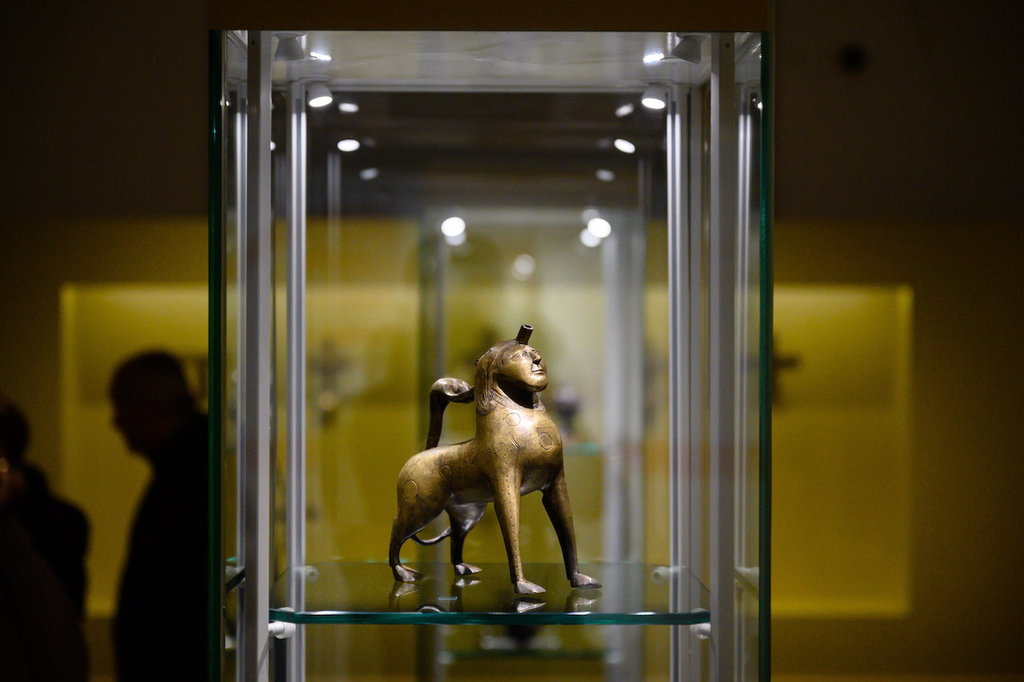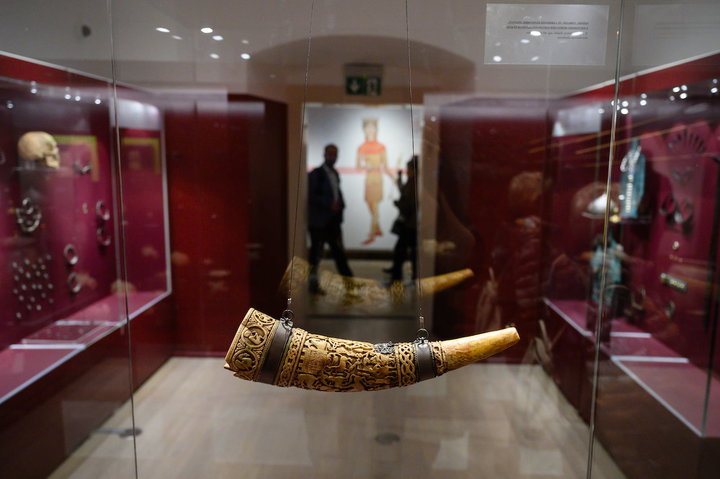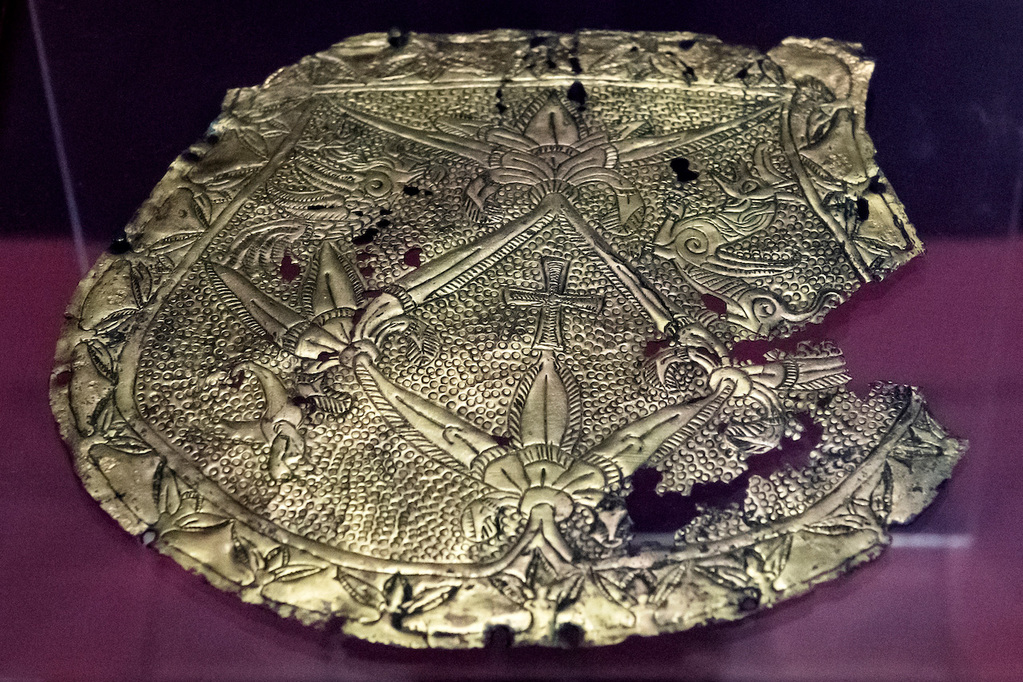"Something to be proud of"
From Aragon to Thuringia, from Naples to Thessaloniki, from Byzantium to Poland, from Sicily to the Kievan Rus “We have much to be proud of. The map showing the princesses who were married abroad from Hungary and were married here from abroad shows a country and a dynasty with lively diplomatic relations with the whole of Europe. The religious life, state organisation, diplomacy and culture of this royal house and its country are still alive today.

A special animation brings to life the coronation of King András II. The ceremony of the royal investiture and the closely related church organisation are particularly highlighted in the exhibition. The House of Árpád was a fervent and deeply devout builder of the kingdom of God. It is the dynasty that gave the most saints to the world. It is worth listing them all: King Saint Stephen of Hungary, Saint Imre of Hungary, St. Margaret of Scotland (granddaughter of St. Stephen) and her son, St. David I of Scotland, King Saint László of Hungary and his daughter, St. Irene of Hungary, St. Agnes of Prague (granddaughter of King Béla III), Saint Elizabeth of Thuringia (daughter of King András II), St. Elisabeth of Portugal (great-granddaughter of King András II), St. Kinga of Poland and St. Margaret (daughters of King Béla IV), St. Elizabeth the Younger (daughter of King András III), St. Louis of Toulouse (grandson of Stephen V).

The silver coronation cross from the 12th century, a masterpiece of the royal court's workshop, is as impressive as the Romanesque church interiors and statues of the period. We marvel at the detailed work of the old masters and are awed by the 11th-century bronze bell from Czolnok, the oldest surviving bell that called the Hungarians to holy mass a thousand years ago.

Noteworthy among several similar liturgical objects is the 12th-century isosceles altar cross from Dunaszentmiklós. A similar cross can be found on the sabretache plate from Tiszabezdéd, also exhibited, proving that there were Christians among Árpád's Hungarians arriving in the Carpathian Basin. Other exquisite jewellery and ornaments from the courts of King Imre and King András II are on display in the hall, where the 13th-century crown of Stephen V recovered from the Dominican monastery on Margaret Island can also be admired.

Looking at the map of the major settlements and military roads of the 13th and 14th centuries, we realise that the main transport routes of the period are almost entirely identical to those of today. To put it somewhat simply, the routes of our motorways were once marched along by the armies of our kings of the Árpád dynasty.
Such unique rarities are also on display at the Székesfehérvár exhibition as the original copy of the Gesta Hungarorum (The Deeds of the Hungarians), the outstanding work on the origin of Hungarians by Anonymus, the notary of King Béla III, or the authentic letter of Friar Julian to King Béla IV, which is kept in the Vatican Archives.

A Christian superpower that dominated the whole of Europe unfolds as visitors walk through the 17 rooms. The House of Árpád did not lag behind history, but shaped it to this day, defending the sovereignty of the nation and the state while building the future of Hungary."
The report on the exhibition, written by Balázs Ágoston, can also be read on the website of https://demokrata.hu/magyarorszag/kiralyok-szentek-szekesfehervaron-508399/